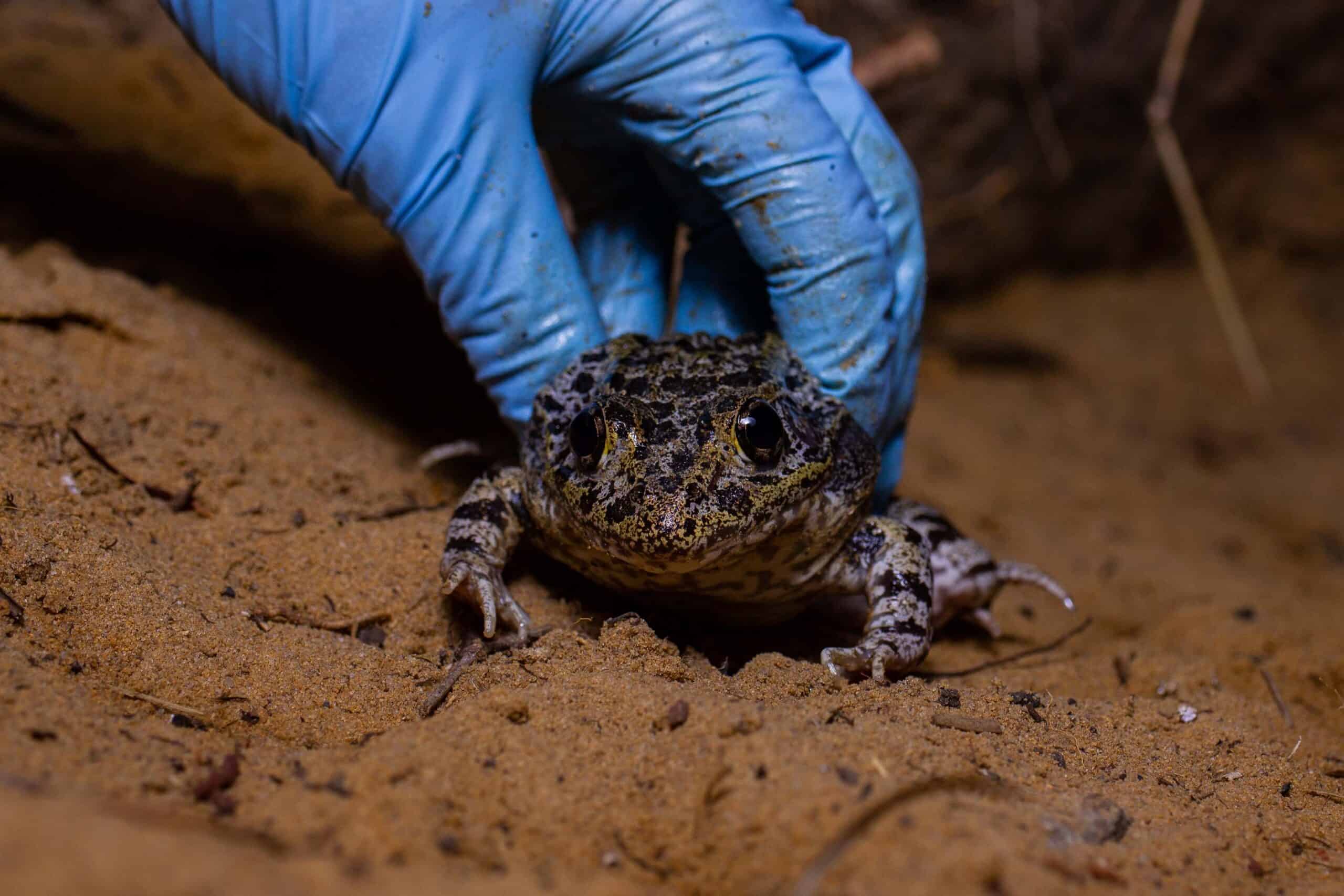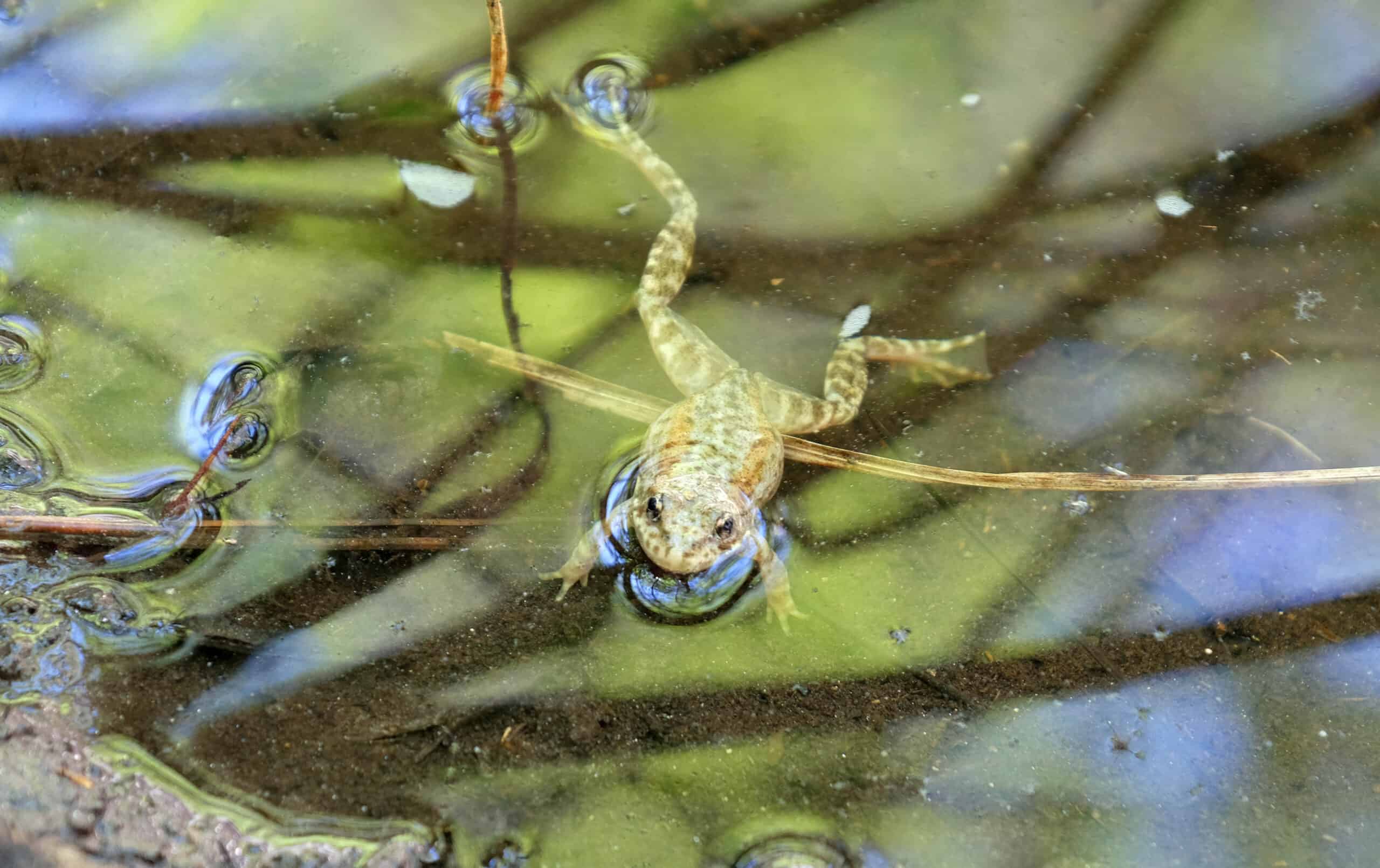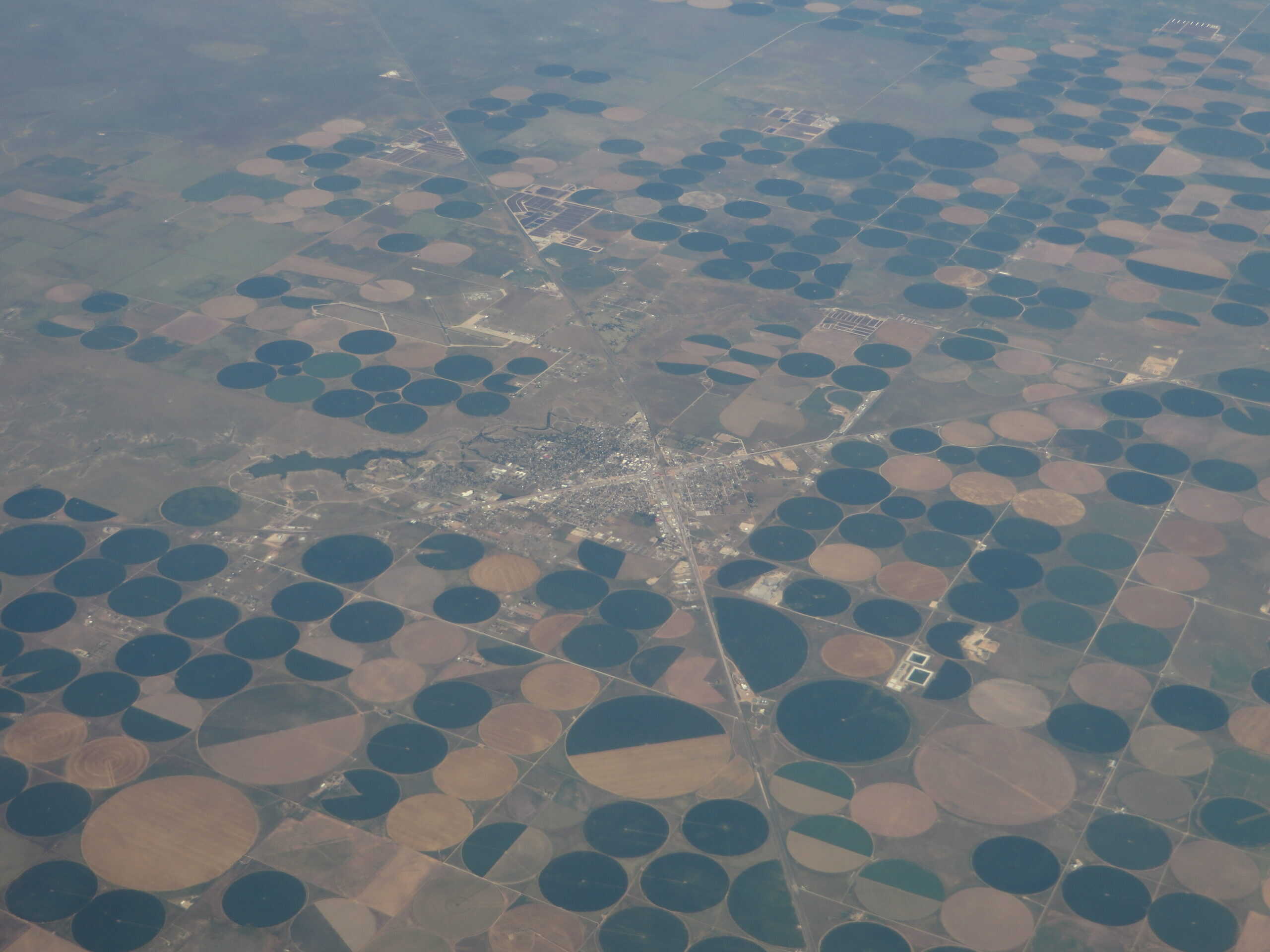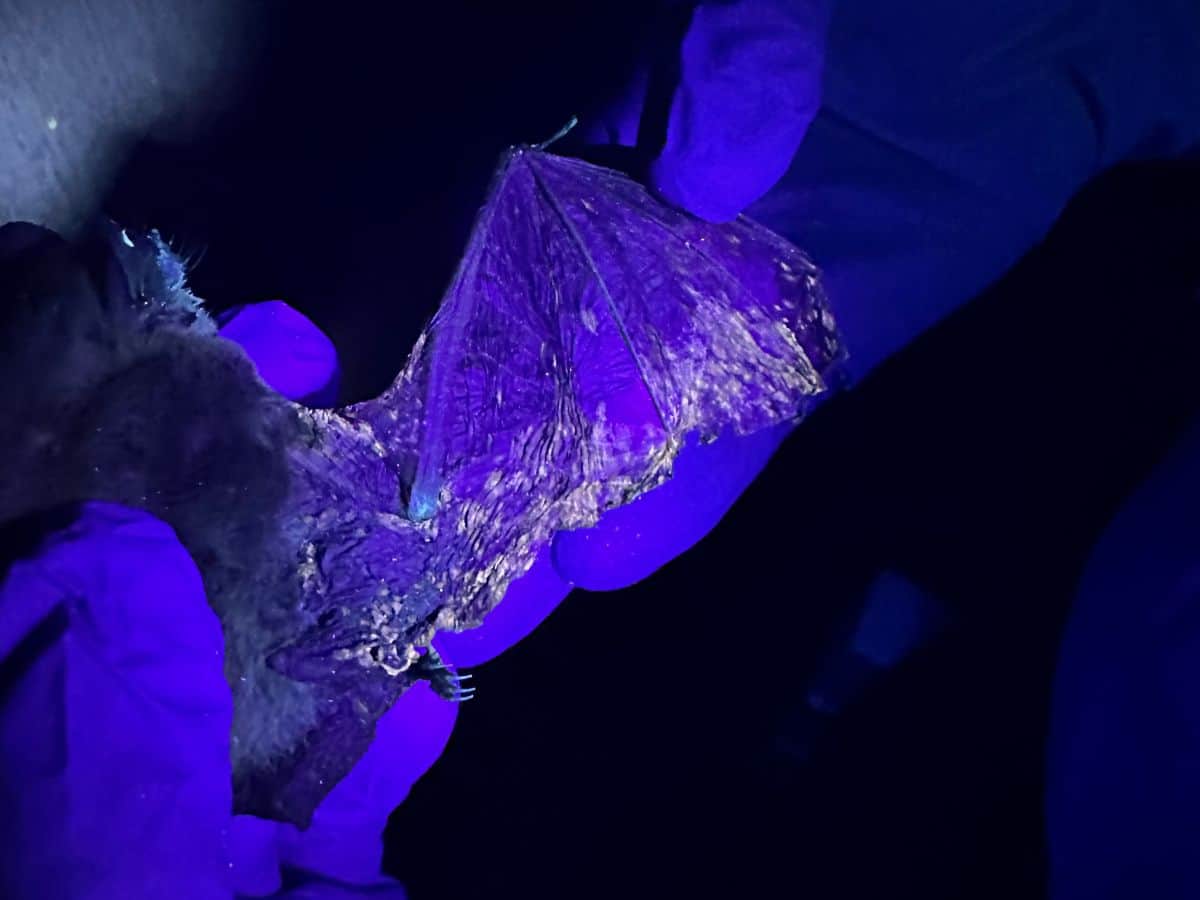Share this article
Wildlife Featured in this article
- Florida gopher frog
- Cuban tree frog
- greenhouse frog
Lesser known frog disease prevalent in Central Florida
Perkinsea infects gopher frogs, which already have conservation challenges
Researchers have uncovered plenty of information about some frog diseases, including chytrid fungus and ranavirus, but less is known about a protist parasite that essentially kills frogs from the inside out.
Perkinsea, a parasite that lives within the internal cavity of tadpoles, eats through their liver or kidney tissue until it completely takes over. A frog’s liver that’s usually a pale white or yellow becomes Day-Glo orange, and in extreme cases, transparent when the pathogen attacks.
“It’s kind of a gruesome disease,” said Dr. Matthew Atkinson, a lecturer at the University of Central Florida.
Atkinson had learned about the pathogen when he was studying federally endangered dusky gopher frogs (Lithobates sevosus) for his master’s thesis. The headstarted populations he was studying were getting completely obliterated, and he and his colleagues weren’t sure why. After setting out cages in the middle of a pond to directly monitor the tadpoles, Atkinson and his team quickly learned they were losing the entire group. “Basically, every day we were losing a new tadpole,” he said.
The problem was, the only known way to test for pathogens like Perkinsea was through euthanizing the animals, which the team didn’t want to do with an endangered species. Instead, he and other members of the Savage lab at UCF developed a qPCR method, an approach used for measuring the amount of Perkinsea DNA.
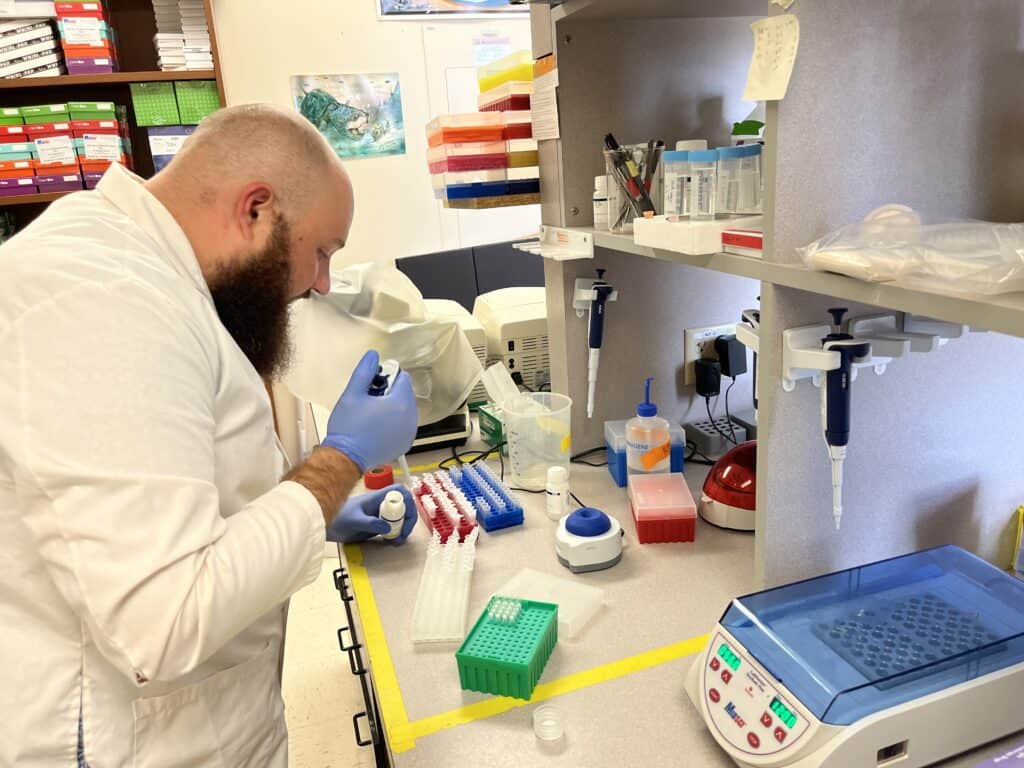
For a study published in the Journal of Animal Ecology, Atkinson and his colleagues, including a number of undergraduates, sampled more than 1,200 frogs from 20 wetland locations in central Florida between 2017 and 2019. This is the first broadscale sampling of this pathogen on the landscape, and nearly a third of the frogs they sampled had Perkinsea. Florida gopher frogs (Lithobates capito) were the most infected.
“This is concerning, considering that Florida gopher frogs outside of Florida are not really doing well,” Atkinson said. In surrounding states like Georgia, Alabama, and North and South Carolina, there has been a lot of work to rear and reintroduce tadpoles to increase populations. Atkinson said the findings are important when considering how, when and where to release them.
Climate also played a role in Perkinsea presence. When there were lower average temperatures, for example, there were more infections. Higher precipitation also was related to higher rates of Perkinsea. “We get a lot of big storms in Florida, and this is only expected to get worse,” Atkinson said. “Based on our early findings here, we expect to see an increase in the amount of Perkinsea going forward, but more work is needed to confirm this pattern.”
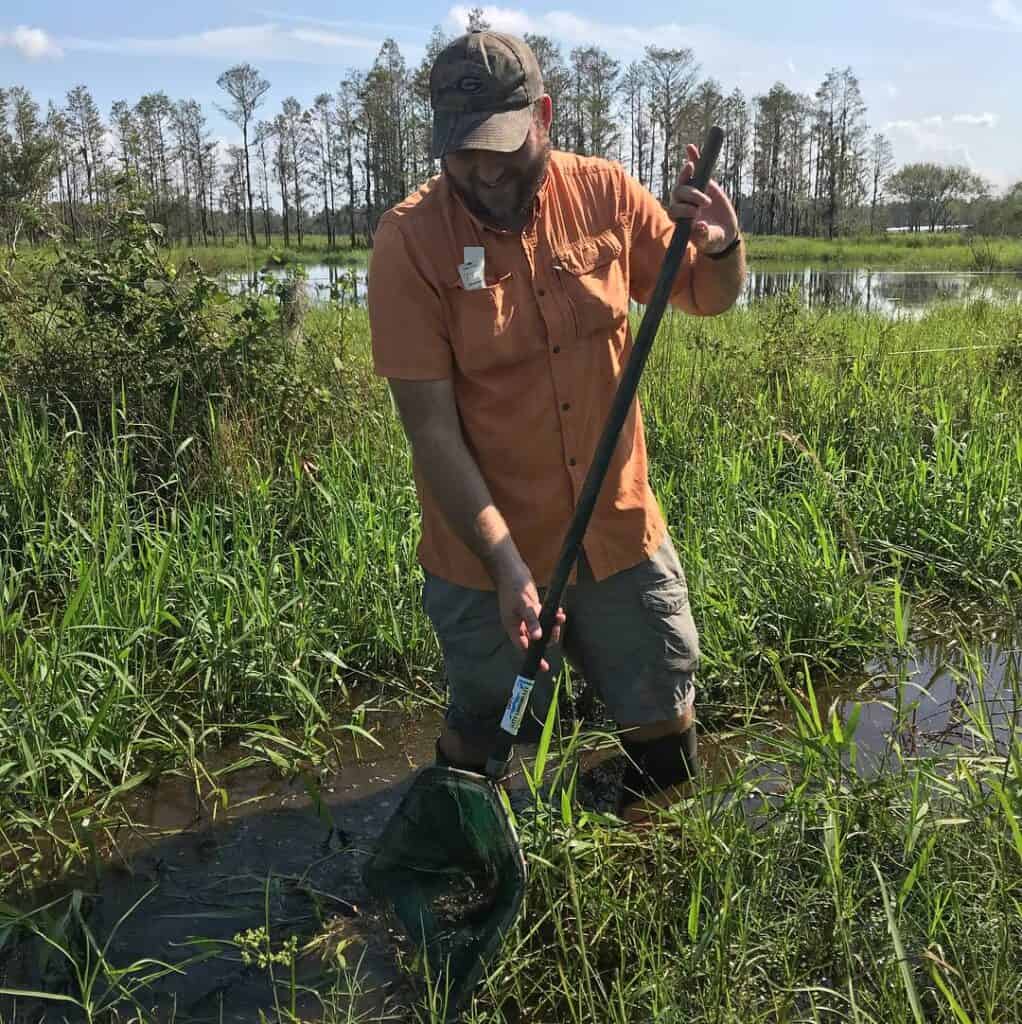
The team also found that when a frog is already infected with either Perkinsea or ranavirus, they’re more likely to subsequently become infected with the other pathogen. “When you put the two of them together, it’s particularly nasty,”Atkinson said. “Both on their own are potentially lethal.”
Atkinson hopes these findings can inform conservation efforts for imperiled frogs. “We are spending a lot of time, money and effort to restore gopher frogs,” he said. “If these frogs are going to be heavily impacted by this pathogen, we really need to be aware that we’re not just putting them into places where they don’t have a chance of surviving.”
Atkinson and his colleagues are now increasing sampling for the pathogen across the Southeast. They are conducting more research to find out if invasive species like the Cuban tree frog (Osteopilus septentrionalis) and greenhouse frog (Eleutherodactylus planirostris) and how increasing urbanization play a role in influencing pathogens like Perkinsea.
Header Image: Florida gopher frogs had high prevalence of Perkinsea. Credit: Will Hawthorne



